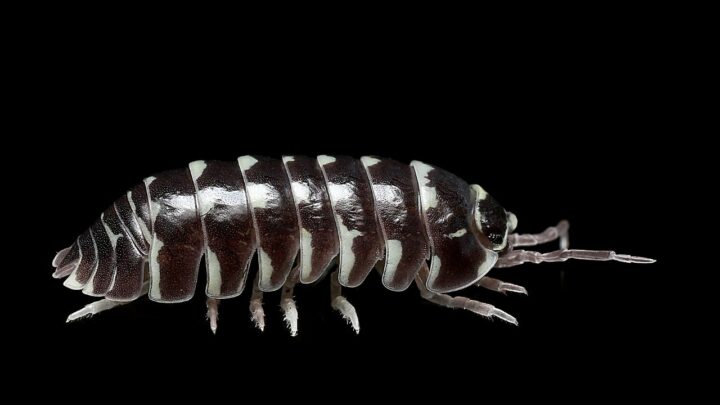Isopods, also widely known as rolly pollies or woodlouse, are perfect accompaniments for ecosystems.
They are essentially land-based crustaceans that still have gills similar to water crustaceans. Because of this, they require moisture and humid environments to survive.
Isopods are not insects but arthropods according to the University of Florida.
Zebra isopods are one of these crustaceans that are fast-moving, social, and commonly kept as cleaners or feeders.
These isopods are given the name “Zebra” owing to the white and black striped patterns on their back.
They carry the scientific name Armadillidium maculatum. Zebra isopods are known to be one of the first types of isopods kept as pets rather than to clean ecosystems.
This is owing to their unique colors and pattern.
In this article, I will teach you everything you need to know about Zebra Isopods and how to take care of them.
With some effort, these beautiful creatures will help you keep your ecosystems healthy.
Zebra Isopods Care
Known for being one of the larger isopods available for ecosystems, Zebra isopods are prolific aerators. They are omnivores that feed on excrement, parts of insects, and decaying organic matter. They require a warm and slightly humid environment to live in, ideally around 75 degrees Fahrenheit.
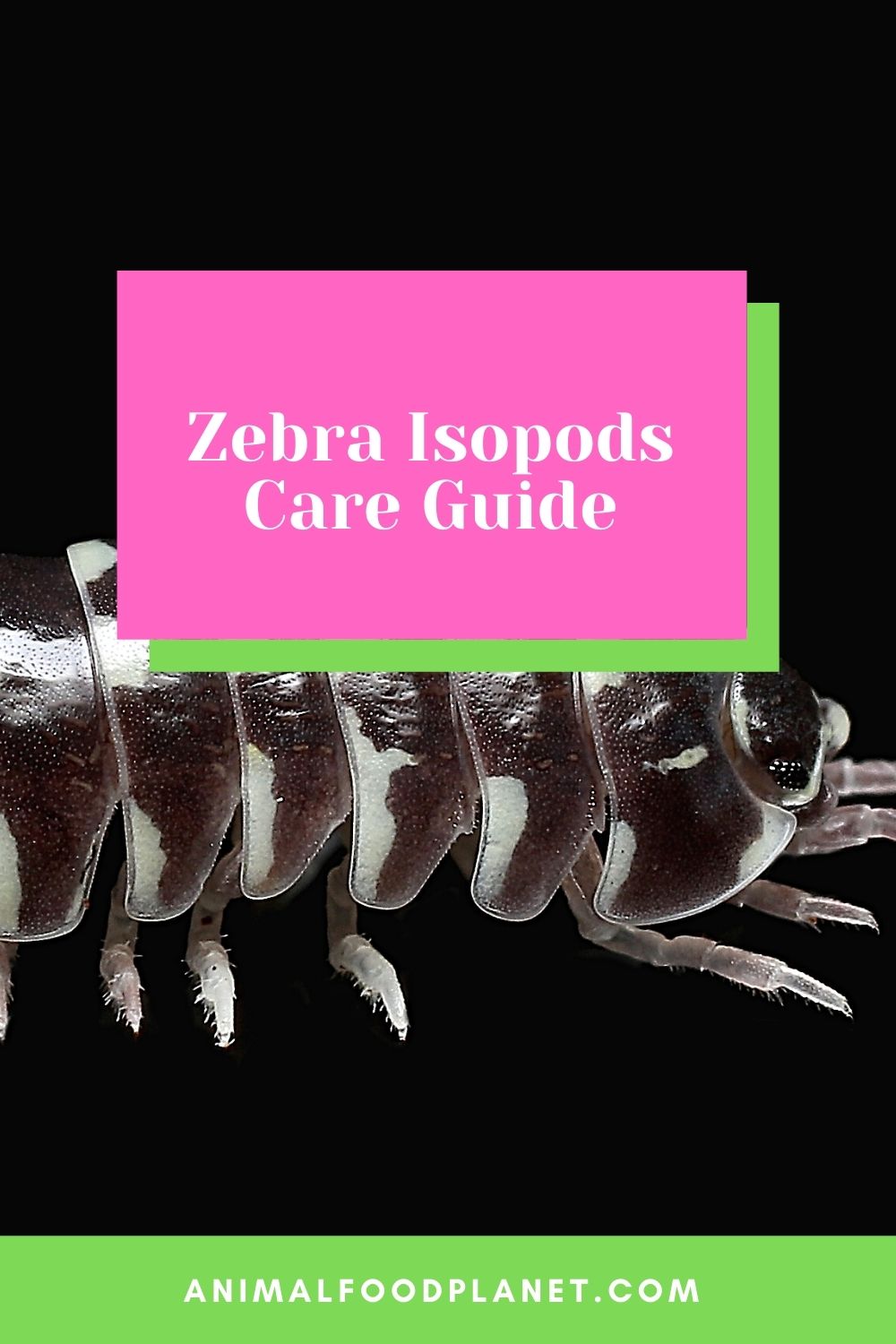
Zebra Isopods Care Guide
Zebra Isopods Care Guide
Zebra Isopod Size
Terrestrial isopods that are typically kept as pets aren’t very big. They will grow quickly, but will only reach a maximum size of about 3 cm.
In contrast, some isopods can grow to over 15 cm in length.
Zebra isopods, based on this range, are medium-sized critters. Adults will reach a maximum size of 2 cm or 0.8 inches.
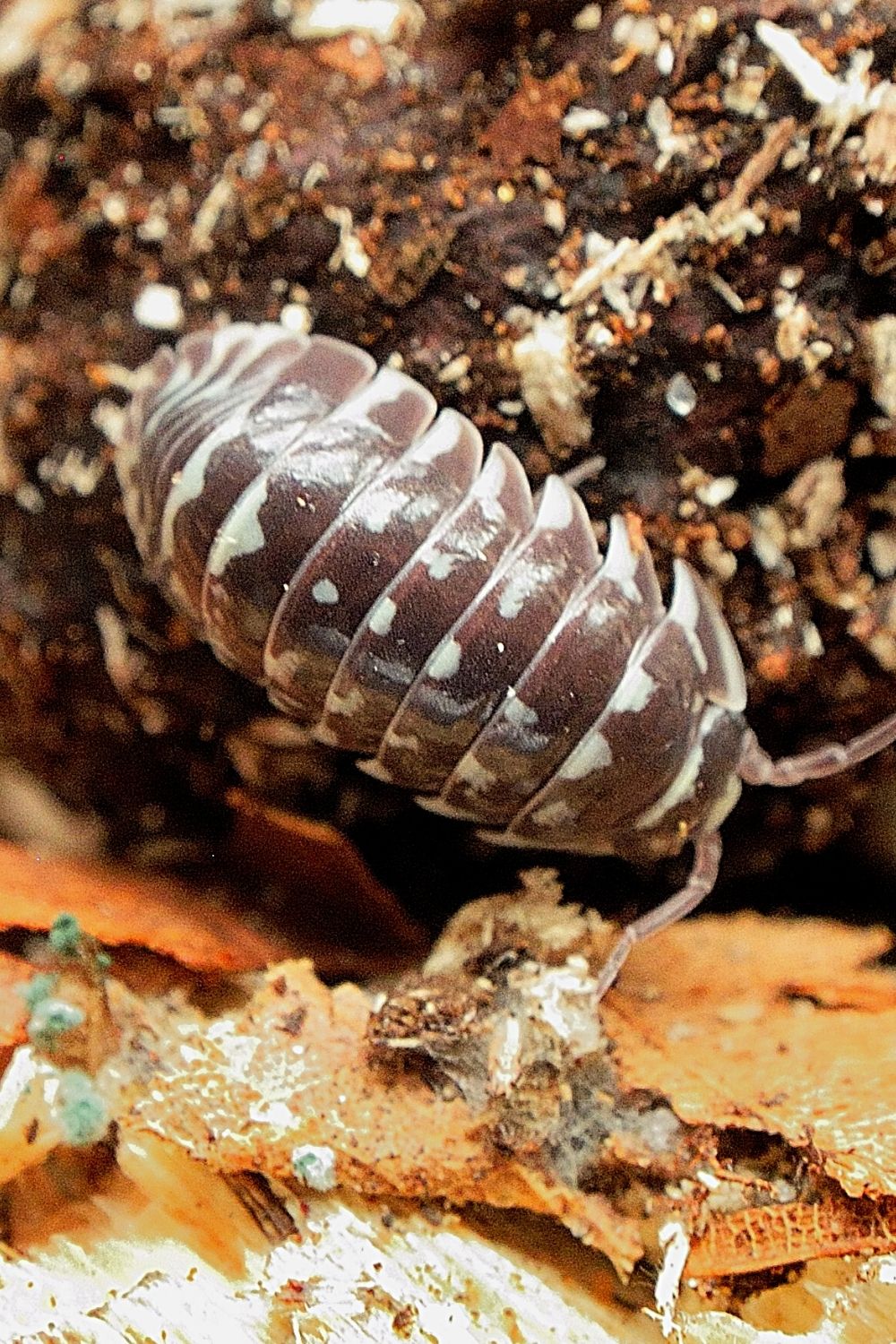
Zebra isopods are medium-sized critters, with adults reaching 2 cm as maximum size
Due to their larger size, they tend to be slower than other species of isopods.
When you purchase these isopods for the first time, you should expect varying sizes among them. Most places will sell them to you when they are a few weeks old.
This means you will get them when they are only a few millimeters in length.
But, even if you only get babies, they will quickly grow into adults. Usually, within 2 to 3 months.
They also reproduce quite fast. When I was culturing them myself, I was able to get a whole generation going within the first 6 months.
The Lifespan of Zebra Isopods
Depending on their living conditions, most isopods will only live for around 2 years. However, there are times when they can extend their life to 5 years.
On average, you should expect your Zebra isopods to live for a minimum of 1 year.
This gives you more than enough time to get them breeding and grow a colony from your initial set of isopods.
Though you should note that these isopods are hardy and active creatures. By providing them with ideal living conditions, many of them will survive for a long time.
Difficulty of Caring for Zebra Isopods
Zebra isopods are the first isopods that I attempted breeding with. I decided to go with this species because of how much easier they are to take care of as a beginner.
One of the first things I noticed was how active these isopods are. Compared to other species, they move around a lot showing off their abilities as clean-up insects.
Just like most other isopods, Zebra isopods curl up into a ball when danger’s near.
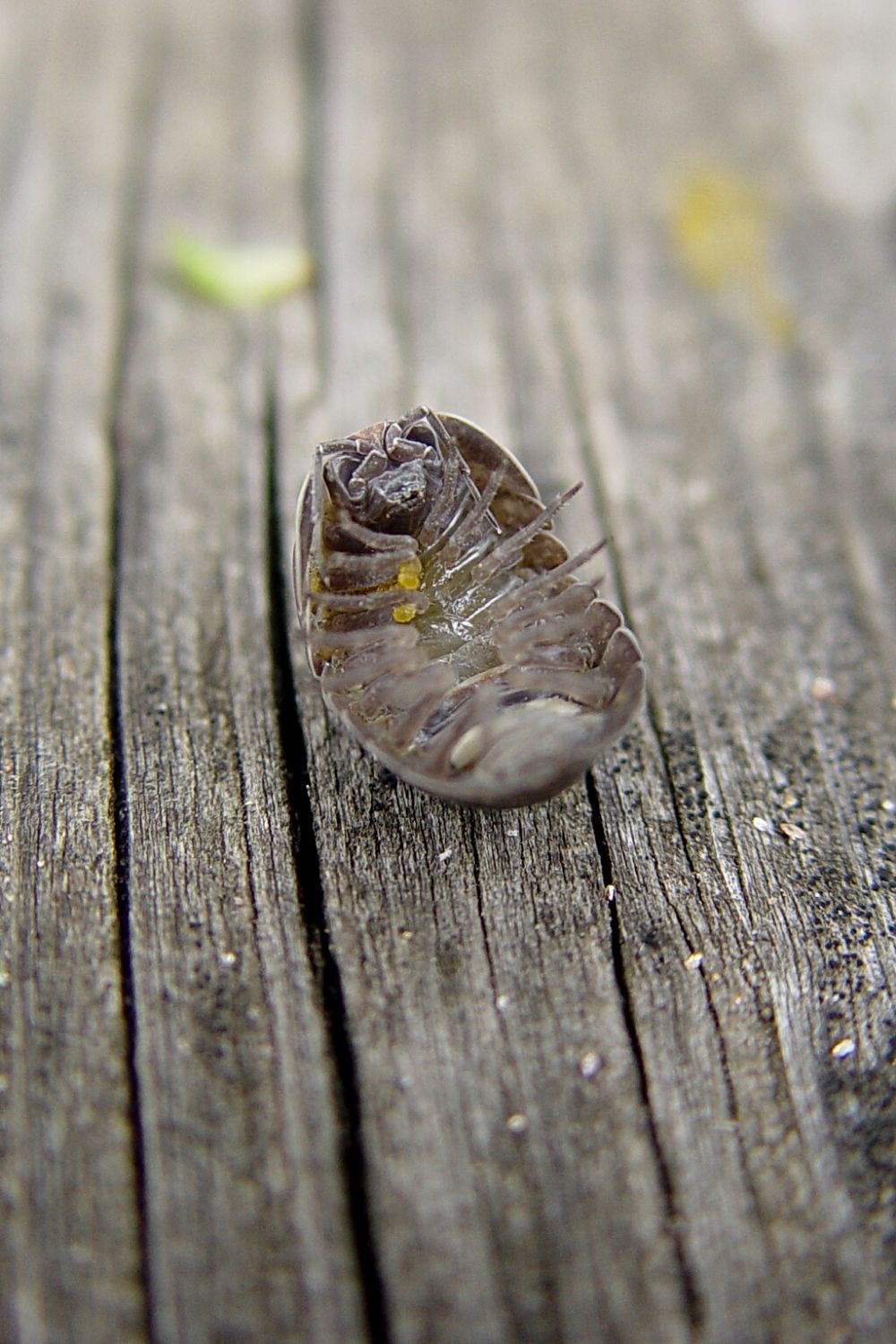
Zebra isopods will curl up into a ball when they sense danger, similar to other isopod species
Their exoskeleton is not very strong, but it provides enough protection to make them hardier than most.
They can take care of themselves as long as they have the appropriate substrate contents inside the container.
As far as difficulty goes, the substrate is the only area you need to constantly monitor to keep your Zebra isopods healthy.
Enclosure
The size of the container you will need for your isopods is completely dependent on how many you purchase.
However, since they are a bit bigger than others, you may need a larger container than the ones you’ve used before.
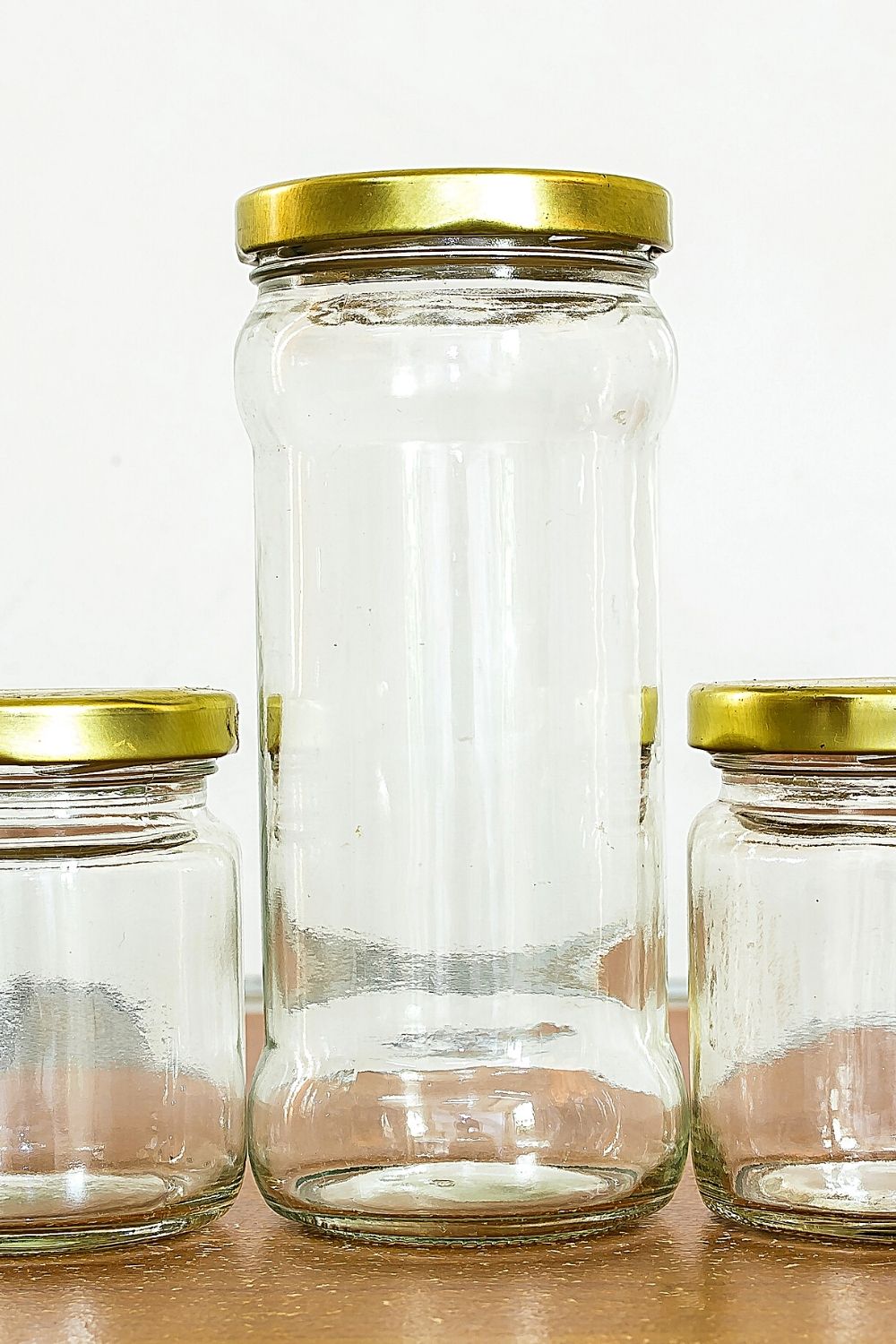
Though you can use glass containers to store your isopods, make sure they’re large enough for your zebra isopods
Glass is a difficult surface for isopods to climb. This makes it perfect for storage purposes.
Though, a plastic container with enough height will also be sufficient.
A 5 Liter container is a good size to start with for a few isopods (10 – 20). You can make the adjustments accordingly based on how many you purchase.
One important point to note is that isopods will not reproduce if there isn’t enough space.
Zebra isopods also prefer to have proper ventilation. For plastic or acrylic containers, you should make (or drill) holes on top to allow the free flow of air.
Each hole should be about an inch in diameter.
You should then cover the top of the container with a fine mesh. This serves two purposes:
- Preventing your isopods from climbing out
- Preventing other insects or bugs from getting in
If you have a glass habitat, then you have the option of keeping the top open. They won’t be able to escape but will attempt to do so if it is over-populated or they sense danger.
Substrate
Getting the right mix of substrate is crucial for your Zebra isopods’ survival. They require both a dry and wet area inside the habitat. They will die if there isn’t enough moisture.
Inside their enclosure, you will need to make the substrate at least 10 cm in height. This gives them enough room to burrow into it and hide inside.
Even though isopods generally prefer warm temperatures, there are times when they seek out the cold and dark.
Ideally, your substrate should consist of moss and coconut coir at the base. This will capture and retain moisture which is perfect for Zebra isopods.
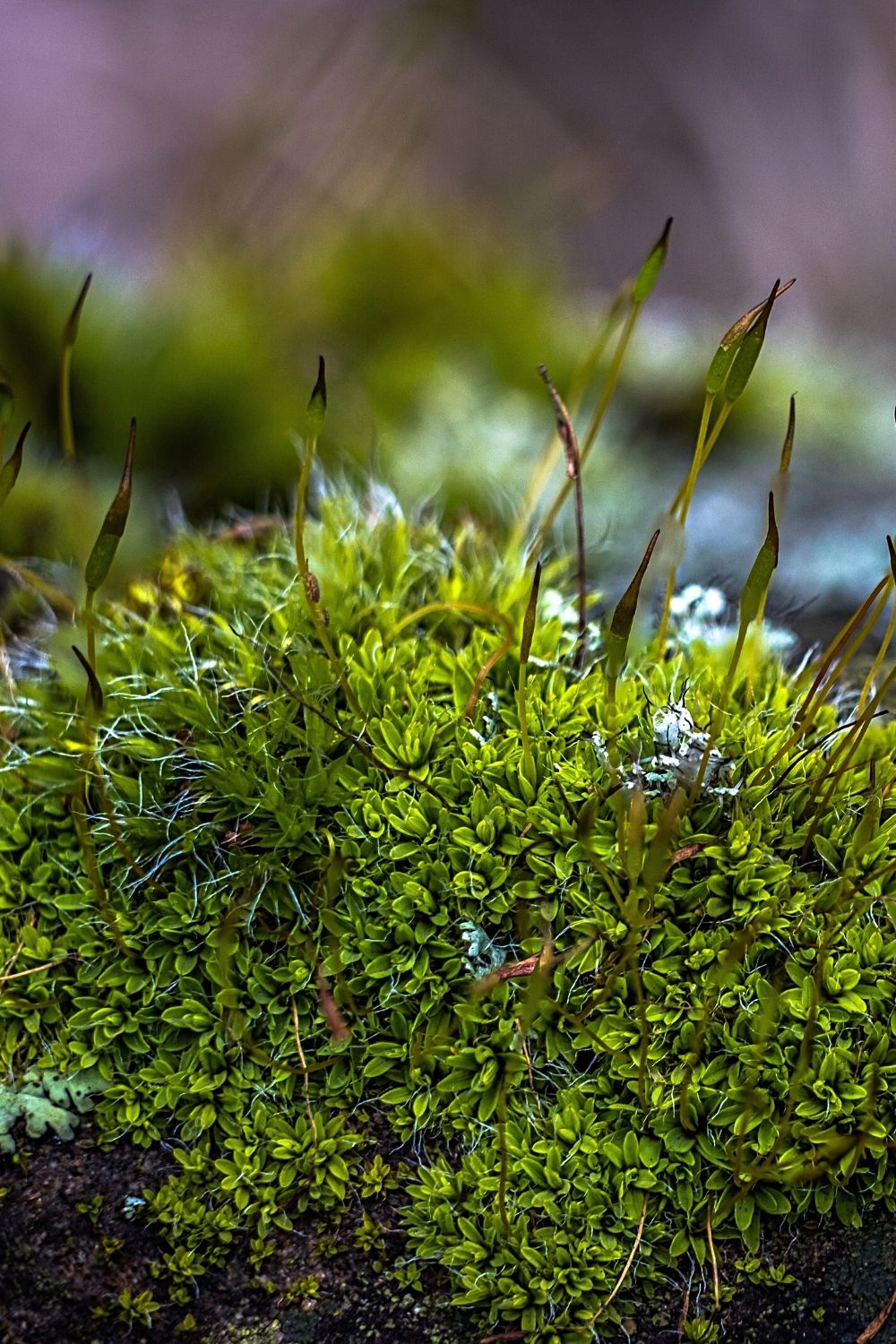
Moss, along with coconut noir, should be the base for your zebra isopods’ substrate
Organic soil is another component that is great for your substrate. Female isopods will dig into this soil and use it as a shelter for themselves and their babies.
After finishing the bottom layer, you should cover it with pieces of bark, rotten wood, and dried leaves. This serves multiple purposes.
They act as shelter, sources of nutrition, and it helps keep the humidity levels up in the tank
Temperature
In general, the temperature inside the enclosure should be on the warmer side. However, if the temperature is too hot or cold, you could end up killing them.
I have found that the temperature they are most comfortable at is 75° Fahrenheit (21° Celcius). Though this can depend on the isopods and your location.
As long as you maintain the temperature between 75° and 80° Fahrenheit, you won’t have a problem.
The easiest way to do this would be to place the enclosure on top of a heating pad. You can purchase them from a local store that is made specifically for reptiles.
Humidity
Isopods require a certain level of humidity to be comfortable. But, too much and they can end up dying.
Zebra isopods prefer a humidity level that is low to moderate.
The best way to achieve this is by spraying or misting a small section of the substrate. Make sure you don’t spray too much and don’t cover the entire substrate with water.
You want most of it to be dry.
Ideally, you should keep the humidity level above 50% but below 80% at all times.
Diet of Zebra Isopods
Any ecosystem with isopods in them should have decaying plant/organic material in them. This serves both as staple food and shelter.
Zebra isopods, unlike many of its species, are partial to dry leaves and foods. For their diet specifically, always ensure there is leaf litter and dried wood inside the enclosure.
These isopods are prolific scavengers so they will consume almost anything put inside the enclosure.
If they don’t find their usual food, they will begin snacking on the moss or plants kept inside the enclosure.
If you don’t feed them enough, they will potentially cannibalize the dead bodies of other isopods for nutrition. Though, generally, they stay away from cannibalizing or fighting among themselves.
Also, just because they like dried foods, it doesn’t mean you should feed them only leaf litter.
You have to supplement their food intake with other foods such as:
- Small slices of fruits and vegetables – Carrots, squash, apples, potatoes
- Protein – Fish flakes, freeze-dried shrimp
- Isopod feed – These are made specifically for isopods and are packed full of nutrients
They also require specific foods to strengthen their exoskeleton. So you should include tiny pieces of cuttlefish or eggshells in the food mix.
When you place fresh food inside the enclosure (fruits and veggies), make sure you replace or clean them every couple of days.
This will prevent fruit flies and other insects from entering the enclosure.
If you’re breeding these isopods to be feeders for your reptiles, then you will have to feed them nutrition-dense food such as protein.
This way, once they are grown, they will become important nutritious sources of food for the reptiles.
Breeding
Zebra isopods will begin reproducing quickly as long as their basic needs are met. You will notice that they start breeding even before they have formed into full adults.
Female isopods can be identified by a white cavity protruding from beneath their bellies.
They can give birth only once or twice per year. This is much slower than other species of isopods, but they will still form a large enough colony of isopods within the first 4 months.
Isopods give birth to anywhere up to 200 babies at one time. They will carry these babies around in the pouch underneath their belly.
They do this for about 4 to 7 weeks until the eggs are hatched. However, the female isopod will continue to carry them until the babies can take care of themselves.
This can take a further 3 weeks.
From what I’ve experienced, it’s best to leave your zebra isopods alone during their breeding process. We can’t make the process simpler for them.
Their instincts will kick in and nature will take its course.
You just need to ensure that all the ideal conditions (substrate, moisture, food) are met so that the isopods don’t end up dying.
When purchasing your first set of Zebra isopods, try to get at least 12. This will account for the chance of any of them dying.
The truth is, even in ideal conditions, you may find yourself with a few dead isopods.
There also needs to be one male and one female among them. Within a year, you will have a whole host of isopods that will continue to breed among them.
If you’re growing these isopods as feeders, don’t start giving them to the reptiles until the first babies have reached adulthood. This way, you can ensure that you will have a steady supply of isopods.
Frequently Asked Questions about Zebra Isopods Care
Is a UVB light necessary for isopods?
UVB lighting is not a requirement for raising isopods. You only need to keep the temperature within the range of 75° – 80° Fahrenheit for healthy isopods.
How many species of isopods are there?
There are over 10,000 species of isopods. Over half of them are considered terrestrial isopods, meaning they can be kept in ecosystems or as pets.
Where did Zebra isopods originate from?
Zebra isopods were first discovered in Europe, specifically France.
Conclusion About Zebra Isopods Care
The cool pattern on the back of Zebra isopods and their active nature are the main reasons breeders still love this species of isopod.
As long as you maintain the correct mix of substrate and moisture levels, you shouldn’t have a problem caring for them, even as a beginner.
Read about Rubber Ducky Isopod care next.

